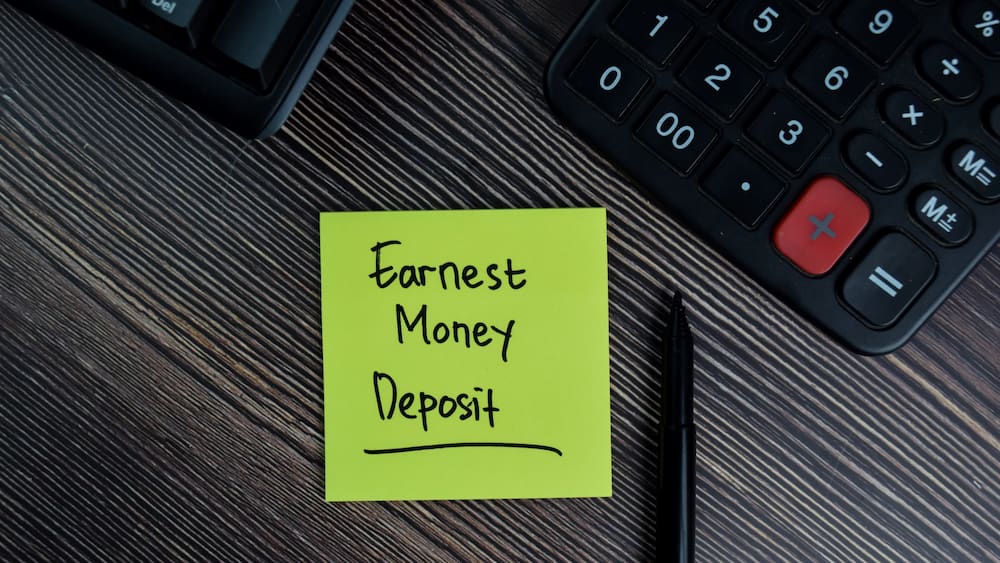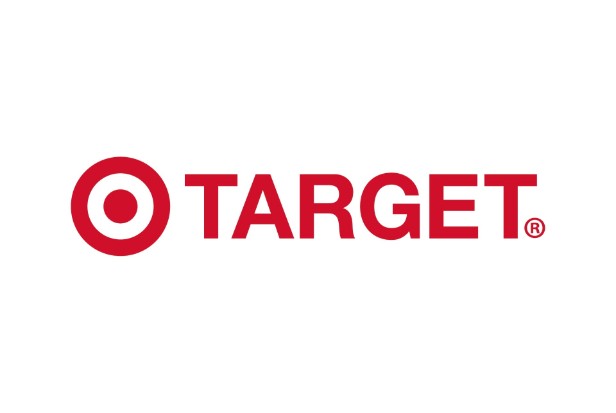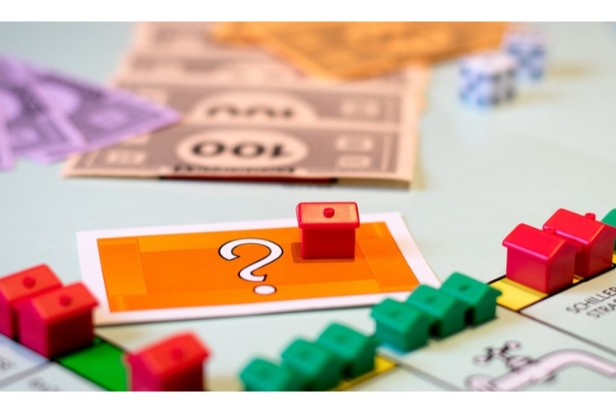
Sometimes in life, we have a propensity to overuse acronyms. On a daily basis, you’ll hear me utter words like NFL, NBA, SSN, ATM, VIN, and PIN. Therefore, it’s crucial that real estate agents avoid becoming overly fixated on acronyms when describing a real estate transaction to their clients.
I was speaking with a prospective buyer earlier today about the home-buying process when I mentioned that escrow would need the EMD within 72 hours of acceptance. Of course, I was met with a “what is an ‘EMD’?”
An EMD is an Earnest Money Deposit and it is also known as a good faith deposit. This money ensures that you are committed to buying the house by going into an escrow account until closing. The EMD can be up to 10% of the agreed-upon purchase price, but it usually is less than that and is decided by the seller.
I will show you more detailed information about EMD in the real estate in the following post, please read on.
Table of Contents
Earnest Money Deposit (EMD)
When used properly, an earnest money deposit (EMD) is a vital component of the home-buying process that will aid you in achieving your real estate objectives.
Knowing what EMD is in real estate is important if you’re looking to make an offer on a home and want to help the seller feel confident that you’re serious about making an offer.
This discussion will go through:
- What does EMD mean in real estate?
- How much of a deposit you’ll need
- Timelines of EMD
- Outcomes
What is EMD in Real Estate?
You’ve probably heard the term “escrow” before if you’ve ever watched a real estate show or movie with a business theme. Escrow is a well-known but frequently misunderstood term.
To understand Escrow, EMD, and their relationship better, you’ll need to be familiar with the following two terms.
Escrow:
Described as a bond, deed, or other document held in the custody of a third party and taking effect only after a particular condition has been met.
Earnest Money Deposit (EMD):
Earnest money is a deposit given to a seller to show that a buyer intends to purchase a home in good faith. The cash gives the buyer additional time to secure financing, complete the title search, property appraisal, and inspections before closing. Earnest money is often compared to a down payment on a house, an escrow deposit, or good faith funds.

Escrow Vs. EMD Relationship
Escrow and EMD are frequently mixed up, but rest assured that they collaborate closely.
Escrow is a custodial account that safely holds earnest money that signifies a buyer’s good faith to buy the house, to summarize the definitions.
For more terms you may encounter, be sure to look through our mortgage terms glossary.
As a reminder, your earnest money will either be added to your down payment or applied to the buyer’s side of the settlement to cover closing costs.
How Large of An EMD is Required?
The anticipated EMD in the DMV ranges from 3% to 5% of the house’s purchase price. The earnest money amount shall be determined in accordance with the terms of your offer. However, according to Investopedia, “The earnest money deposit may be between 5% and 10% of the selling price of a property in brisk housing markets.”
Two of the most common examples:
| Example 1 | First-time buyers who use buyer assistance programs typically put down less money for the EMD. |
| Example 2 | When making a competitive offer, you can increase your EMD to demonstrate to the seller your seriousness and make your offer appear stronger. |
It’s critical to keep in mind that earnest money deposits are a crucial tool for demonstrating good faith to the seller and will ultimately help you get closer to your home-buying goal.
Why Do You Need An EMD?
An EMD really shows the seller that you are “earnest” and genuine about buying the unit. The seller removes the property from the market after accepting an offer because doing so would be expensive in the event that the transaction fell through. Because of this, the EMD safeguards the seller and stops a buyer from withdrawing without good cause. The buyer can get their EMD back, though, if the deal fails because a contingency wasn’t met.
Is EMD Refundable? When is the EMD Forfeited?
Not always, earnest money is refundable. The EMD belongs to the seller, who can keep it or who must return it to the buyer if a home sale falls through.
The seller will receive the EMD as compensation if the buyer breaches the terms of the agreement and the seller is not at fault.
Another possibility is that the buyer will keep their earnest money deposit. There are deadlines specified in contracts that are agreed upon by the buyer and seller, but these dates can be changed so that they benefit both parties. To keep the EMD, the buyer must adhere to these new deadlines and withdraw as soon as possible.
EMD Timelines
The EMD is typically due 3 to 5 days after the seller accepts the terms of your offer. Thus, the contract has been ratified.
The party that is in possession of the EMD in the DMV real estate market is the settlement company, and it is likely that it will remain there until one of the outcomes (discussed below) occurs.
Putting money in escrow gives your deposit more security and guarantees that it will be handled properly as things start to come together.
Note: Personal checks and wire transfers are typically accepted by settlement companies for your EMD deposits.
EMD Outcomes
There may be some uncertainty about what will happen after you deposit money into an account that you don’t manage. When discussing EMD in real estate, there are a few outcomes that are possible:
- Your EMD will be applied to your down payment or closing costs if you successfully complete all the requirements to buy the home. You will be given a check back if there are extra funds available.
- Contract is terminated in the middle of the contingency period (inspection, appraisal, financing, and, if applicable, the condo document review). In this case, a check will serve as your EMD. For more information on this section, see our primary home offer contingency guide.
- You give up your EMD to the seller if you break the terms of the agreement. As long as you abide by the contract’s guidelines, this won’t occur. The worst-case scenario serves as a good illustration of why you should assemble a real estate team to help you throughout the entire process.
Pricing Out the EMD
EMD amounts can be high (high EMD) or low (low EMD), depending on regional customs and how active the local real estate market is. It typically amounts to 1% to 2% of the purchase price, or up to $4,000 for a home worth $200,000 in total. Below are three common scenarios:
- In slow markets, the EMD might be as low as 1%, sometimes even $500 to $1,000.
- The EMD for luxury homes in fiercely competitive markets could reach 5%.
- Very competitive situations: Realtors may recommend an even higher EMD to increase the buyer’s chance of being chosen, and sometimes sellers will reduce the sales price in return for the larger good faith payment.
Always keep in mind that making an EMD that is too low may erroneously suggest that you are not committed to purchasing the property. You should listen to your real estate agent’s advice since they are knowledgeable about the market in your area.
Protecting Your Money
The purchase contract specifies when the EMD must be requested, which is typically one to three days after the seller accepts an offer. The money rarely goes to the buyer; the EMD is instead paid by cashier’s check or wire transfer to the escrow account or title company and held until the sale is finalized.
If a seller requests payment of the EMD, buyers should decline because it might be challenging to get their money back if something goes wrong. The EMD is applied to lower the buyer’s down payment and/or closing costs after the sale is completed.


